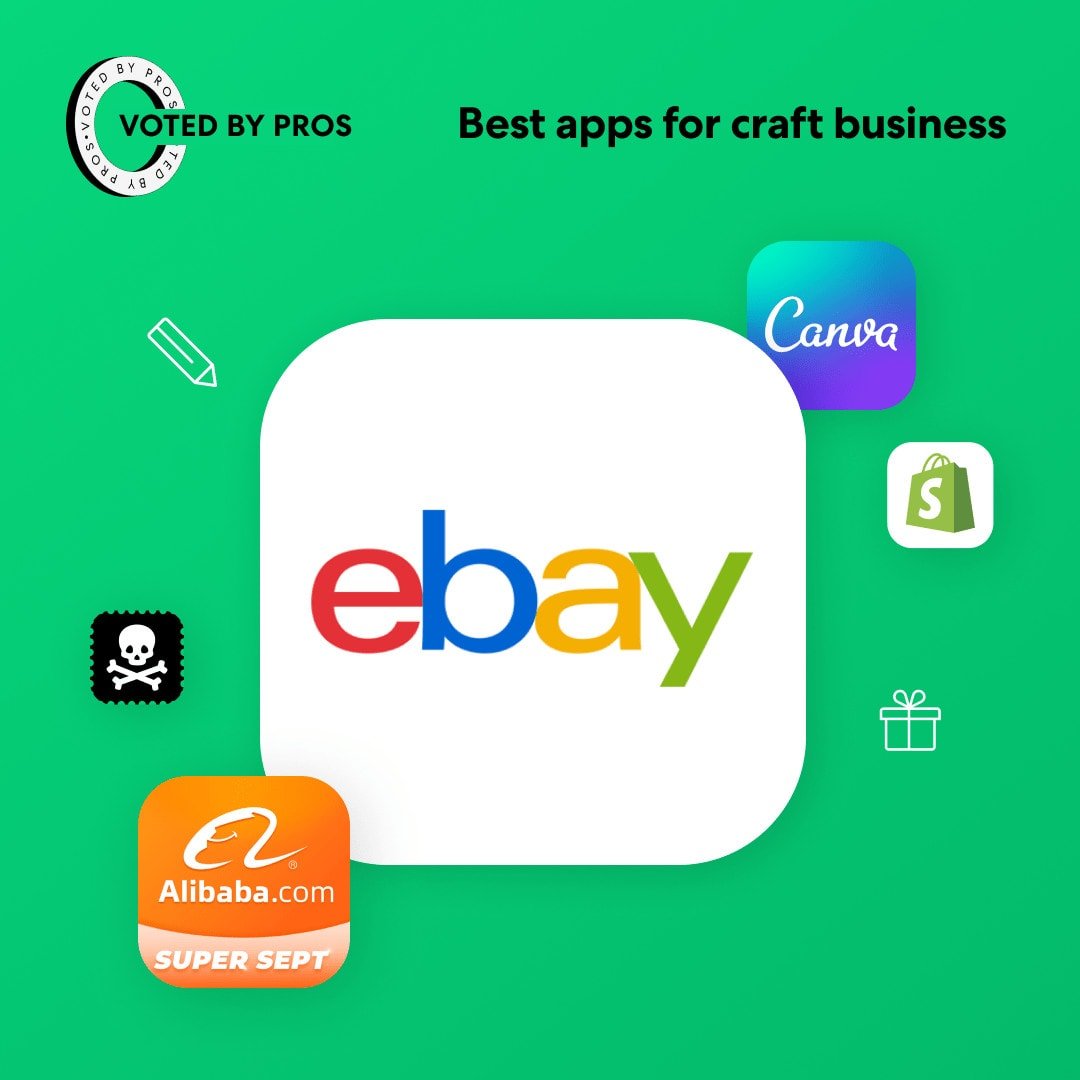Creating a pop-up shop is an ideal, low-commitment way for brands to attract foot traffic and get in front of high-intent customers for the holiday season—and really for any time of the year they need to rev up revenue and brand visibility.
If you run an ecommerce business, or your main storefront is more remote than you’d like, then a pop-up shop is a great way to reap the benefits of having a central brick-and-mortar location. Plus, you don’t have to commit to the long-term costs that maintaining a brick-and-mortar retail space generally entails.
That said, finding the right pop-up shop space comes with challenges, and doing it right is crucial—after all, if the space isn’t right, then why open a pop-up shop at all?
Because the space itself is so crucial to a pop-up shop’s success, it’s important to dedicate a lot of time and careful attention to your search. To help you out, we’ve compiled a guide on how to find a pop-up shop space that perfectly addresses your needs without busting your budget. Let’s go through everything you need to know to find the best pop-up shop space possible for your business.
First, What’s a Pop-Up Shop?
Pop-up shops—often referred to as flash retail, temporary retail, or pop-up stores—are short-term storefronts. Pop-up shops fill vacant floor space in commercial real estate—from an entire storefront to a small corner of a department store—and last anywhere from three days to three months. Because of the many advantages pop-up shops offer businesses, international brands and pre-launch startups alike can benefit from creating them.
In their current form, pop-up shops are a relatively new and trendy phenomenon, and creating one for your business can add an intangible “cool” factor to your brand. Beyond that, you should also consider the more practical benefits of opening up a pop-up shop for your business.
Pop-Up Shop Benefits
Pop-up shops are becoming more and more popular for a reason: the advantages they offer extend far beyond the general hype that they seem to create. For one, their ephemeral nature can foster a sense of urgency among customers who walk by and stop in your store. Depending on how long your pop-up shop is slated to last, customers will likely want to make their purchase while they know they still can.
Additionally, pop-up shops can serve as the perfect setting for a soft launch. You can test out a new product or a new market without investing in permanent real estate or a lease deposit. This way, if the product you’re testing or the area you’re scouting doesn’t prove to be a success, then you can go back to the drawing board without many sunk costs.
Even more, if you have any inventory you desperately need to move, then a pop-up shop is an exciting way to do just that. Stock a pop-up shop with any surplus goods you’ve been sitting on, and come up with a quippy branding story to make the collection more cohesive. Before you know it, you’re transforming a stockpile of inventory into a brand new revenue stream.
Finally, the costs of a pop-up shop are much less significant than those associated with a long-term store. Because pop-up shops often fill vacant commercial real estate, landlords may offer deals on rent. Pop-up shops can also be set up within another establishment—like a coffee shop, a restaurant, or even another retail store—that’s still up-and-running. Rent for a month in a small corner of a partner’s space won’t even come close to what you would pay for a month in your own storefront—especially in a well-trafficked area.
Pop-Up Shop Difficulties
For all of their virtues, though, pop-up shops also entail a fair share of difficulties. Aside from finding the right space, pop-up shops can present staffing challenges as well. If you’re initiating or expanding your business’s brick-and-mortar retail presence, you’re going to need to hire extra help. Unfortunately, the short-term nature of pop-up shop work isn’t ideal for most workers, so finding the quality team members you need won’t always be easy.
Even if you’re able to find the best reps in the game, customer service for a pop-up shop is inherently difficult to provide. Returns, follow-ups, and leisurely shopping experiences aren’t exactly built into the pop-up shop model.
Also keep in mind that the small and transient spaces that pop-up shops typically take place in aren’t hospitable to large back rooms of inventory. Odds are, you won’t be able to have much back-up stock in your pop-up shop, so plan for the possibility of running out of particularly popular items.
What to Look for in a Pop-Up Shop Space
Now, to run up the most important and steep hill of opening a successful pop-up shop—finding the perfect space—you need to do some serious prep work. Before you start your search, develop an idea of what your ideal pop-up shop space would be. Be sure to consider all six of these factors along the way:
Setup
Will your pop-up shop occupy its very own storefront? Or will you set up shop with a booth in a brick-and-mortar partner’s space? You first need to make sure you know what you want your pop-up shop setup to look like. Base your decision on your offerings, the amount of space you need, and what kind of opportunities you have access to.
Location
A pop-up shop location without a fair amount of foot traffic likely won’t provide much value. As much as you can, try to spare no expense in finding the most central pop-up shop space possible. Think about it—how many times have you stopped in a shop when you weren’t planning to simply because you walked past it while you were running errands and saw something enticing in the window?
Especially for new brands, this organic encounter with consumers is the main draw of the pop-up shop. Unless your business has a wide reach and a steady stream of devoted customers willing travel for your products or services, a remotely-located pop-up shop isn’t worth your while.
On the other hand, if another establishment is inviting you to set up a pop-up shop within their space, take their location and customer base into account. If they don’t typically have steady foot traffic, suggest a team effort publicity plan for your pop-up.
Visibility
Another side of that same coin? The visibility of your pop-up shop. Make sure that your chosen pop-up shop space is actually in the line of sight of shoppers that might walk past it.
Many malls and shopping districts have retail spaces that are tucked away in alleys or side streets. While the lower rent these spaces offer might make them a viable option for longer-term retail establishments, the discount probably can’t make up for the business you stand to miss with your pop-up shop.
Ensure that your pop-up shop space is highly visible to passing traffic. Bonus points if it has a giant window display and eye-catching signage.
Design
Though the design of a pop-up shop space might feel secondary to its visibility and accessibility, it’s still an important logistical factor to consider. This is particularly true if you work with large inventory—like furniture—or have to stock large quantities of inventory. Make sure your pop-up shop space has the room and the storage necessary to properly house your business in all its glory.
And if the space itself looks beautiful while it accommodates your needs, that’s even better—aesthetically-conscious customers can provide you with free publicity with Instagram posts of your beautiful space. Don’t forget to create a temporary location tag for your pop-up!
Duration
Decide whether you want your pop-up shop to be more pop-up or more shop: how long will you want to have your pop-up shop space up and running? Pop-up shops can last anywhere from three days to three months, so you have a lot of wiggle room in terms of duration.
A weekend-long pop-up shop can attract huge droves of customers all at once, but could also mean long lines and overwhelmed patrons. On the other hand, if your pop-up shop stays open too long, you could very well pay higher rent and lose the urgency that typically comes with shorter-lived pop-ups. Decide on your happy medium before you narrow down your pop-up shop space options.
Price
Last but certainly not least, you of course need to take the price of your pop-up shop space into account. The rent you’ll pay can vary widely based on city, location, square footage, and necessary utilities. Check commercial real estate listings in your chosen pop-up shop area to get an idea of what monthly rents typically look like.
Don’t forget to include the staff you need to pay, the General Liability insurance you need to purchase, and any potential buildout you need to bankroll when crunching the numbers on your pop-up space. Consider all of the nuts and bolts of a pop-up shop budget when deciding how much you can pay for the space itself.
How to Find a Pop-Up Shop Space
Now that you’ve considered all the pertinent details of your ideal pop-up shop space, you’re finally prepared to activate your search. Of course, as you begin your search, you’ll quickly realize that you need to make some compromises—the perfect pop-up space probably doesn’t exist exactly as you’ve imagined it.
Be sure to explore your options and hold steady on the features that are most important for your pop-up shop space, like accessibility and cost. With that in mind, check out these top three ways to find a pop-up shop space:
Pop-Up Shop Databases
There are countless online databases of available pop-up shop spaces. Take to websites like Storefront and Pop Up Shops, which connect business owners with pop-up space listings in their area. This strategy for finding a pop-up shop space is remarkably straightforward, so it might be the best way to start your search.
Contact Local Brick-and-Mortars
Alternatively, if you’re looking for a smaller pop-up space within another establishment, then you could cut out the middleman and contact local brick-and-mortars directly. Perhaps a local restaurant has extra space in its dining room and thinks its patrons would enjoy your products. Or maybe a retailer that’s closed on Sundays would be willing to let you set up shop during their off days. You could even consider writing a business proposal for an event that centers around your—and perhaps additional business’s—pop-up shops.
Inquire With Landlords and Realtors Directly
Another way to cut out the middleman is to inquire with landlords and realtors directly. If you spot an empty storefront in an ideal location, you can ring up the realtor for the listing to see how their tenant search is going. If it looks like the storefront will be vacant for the near future, the landlord for the space might be willing to consider a proposal for your pop-up shop. Short-term leases are ideal for landlords who are worried about losing another month’s rent on a vacant storefront—and that value prop could even help you negotiate rent for your pop-up shop space.
Next Steps for Finding a Pop-Up Shop Space
So, now that you’re equipped with all the know-how necessary to find a pop-up shop space for your business, what’s next? If you’ve come up with a list of all of the features you want out of your ideal pop-up shop space, then you’re ready to hit the ground running.
Start your search in advance so that you can access the biggest pool of pop-up shop space options possible, and try out each of the three outreach tactics we suggest. Eventually, you’ll find the pop-up shop that offers the balance you’re looking for. From there, you simply have to set up shop, and watch the new business walk right in.











